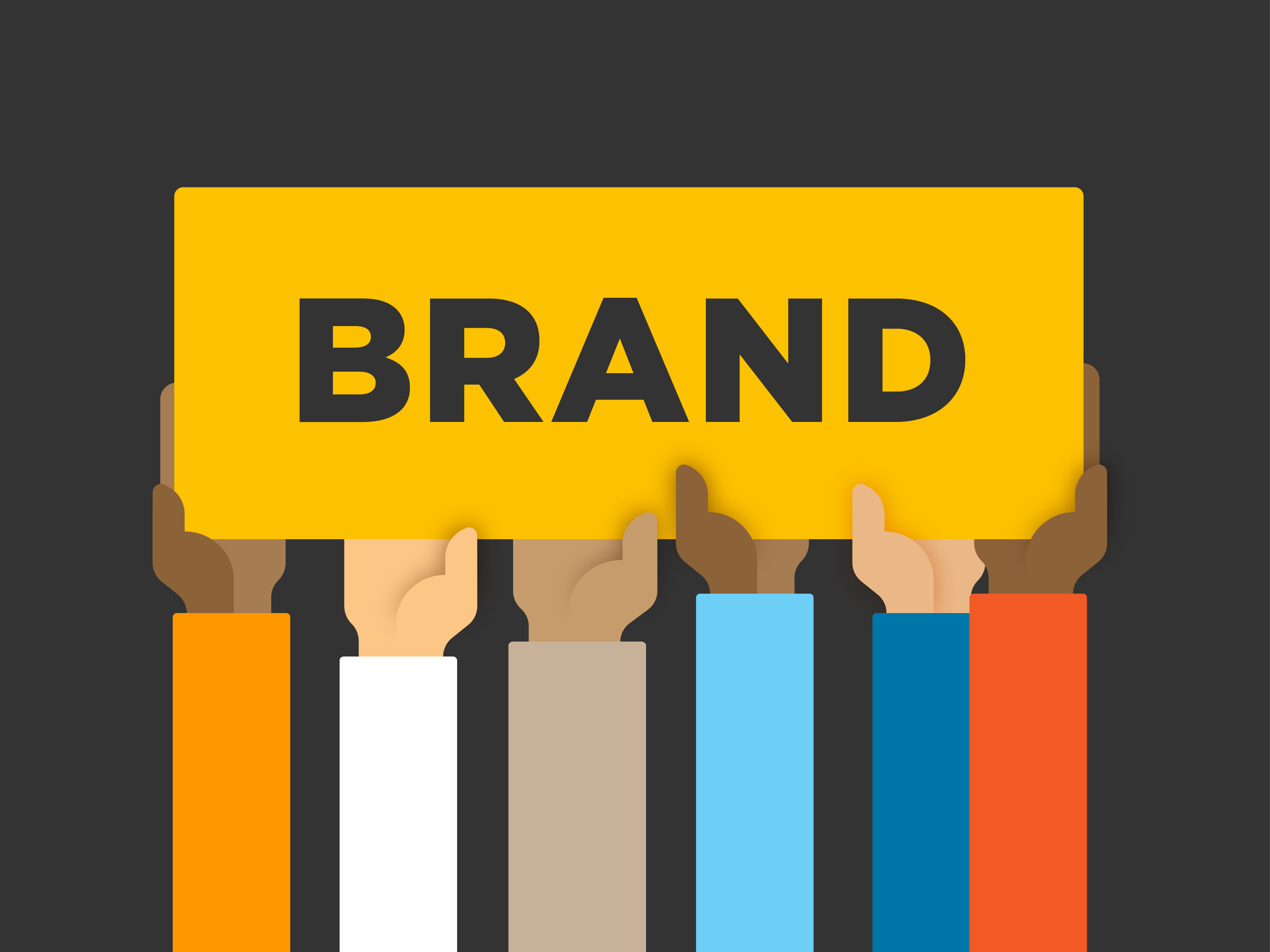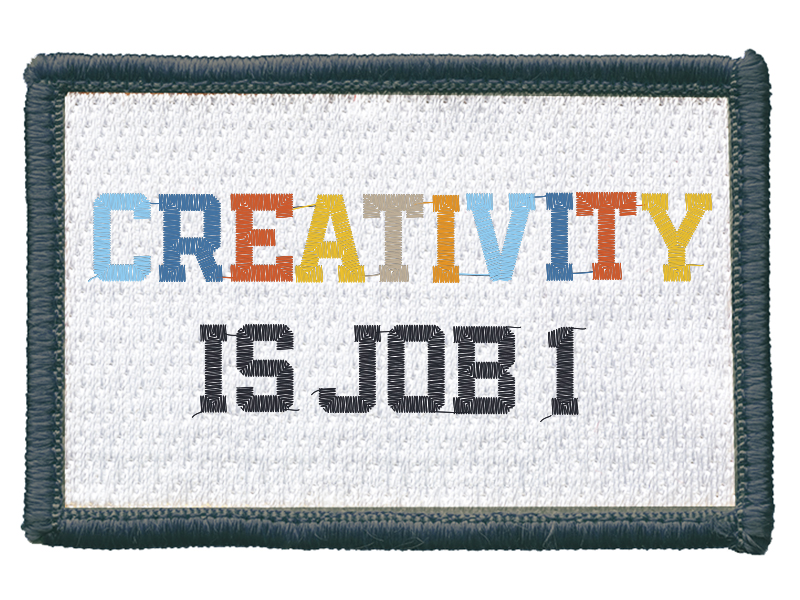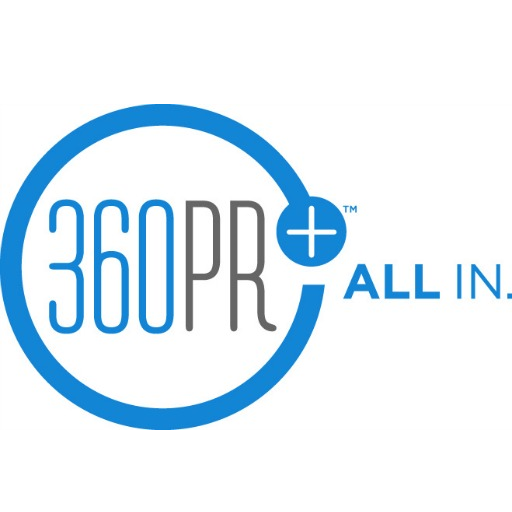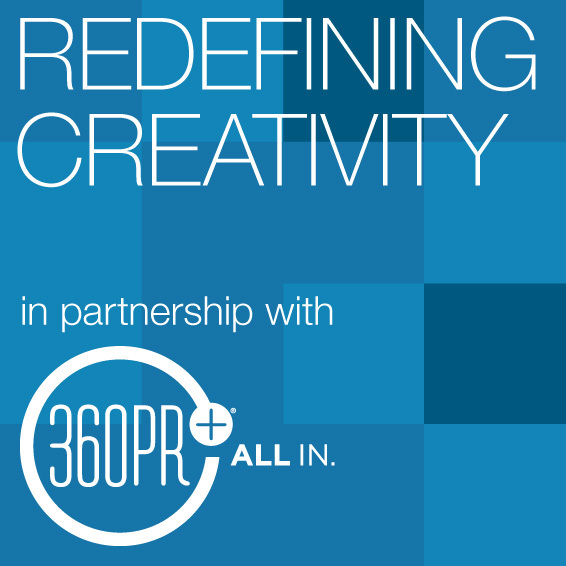360PR+ 16 Sep 2019 // 6:56PM GMT

Co-creation has become a frequently used practice in product innovation, in sectors ranging from tech, automotive and toys, to retail, adult beverage and many others. Companies and brands such as BMW, Unilever, DHL, LEGO, Xbox, America’s Test Kitchen, IKEA and others successfully employ co-creation to connect with customers and launch new products and cultivate communities.
Agencies can learn from these examples as client organizations build their own marketing and communications capabilities and look to collaborate with agencies in new ways. With client’s own marketing and creative organizations more invested in an idea from the start, co-creation can deliver greater impact as that idea pervades the client organization, attracting the kind of support that sets up the in-house team and agencies for success.
“My role is to be an advocate for stronger integration, working closely with my peers across our marketing organization and, by extension our external agency partners, to make programs stronger,” says Cliff Stevens, Director of Creative Operations for Liberty Mutual’s in-house agency, Copper Giants. “The more we can all get in the room together – to align, plan and optimize ideas – the stronger the impact will be on the brand and our common goals.”

What does successful co-creation look like?
The best work happens when clients and agencies collaborate. There are different ways for each to provide value. For example, clients can actively encourage agencies, with their outsider perspective, to share new insights and new approaches. At the same time, agencies should leverage their clients’ expertise to inform strategy.
“Internal teams have meetings to attend and blockers to address – things that distract from the job of ‘doing’ PR, which the agency is freer to focus on,” explains Melanie Fish, Director of PR for the Expedia Group’s Vrbo. “The internal team can make things happen faster with their understanding of the business and ability to quickly get answers the agency needs to move forward.”
A Common Goal
“There are opportunities for all if we have the right co-creation and planning process,” Liberty Mutual’s Stevens adds. “That starts with having people realize that there’s a common goal of building something together.”
At the core of co-creation is, of course, creativity. But creativity can mean different things at different companies, and it’s important that clients and agencies share a view of what creativity means for a particular client’s business and organization. How bold can we be? Do we want to completely reinvent or is there an opportunity to adapt and scale something that’s already working for the brand? “The best work is born in an environment of trust,” says Matthew Lenig, Creative Director at 360PR+. “When you have real client partnerships, you can finish each other’s sentences, riff off each other’s ideas and invent something truly unique and more powerful.”
Playing to the Agency’s – and Client’s – Strengths
What can and should agencies bring to the table? What do agencies do inherently better than internal teams and what do clients do better than agencies? “Agencies typically have a diverse client base, so they can bring a broader, unbiased perspective and help internal teams see the larger opportunity,” says Marcus Stephens, EVP of Brand Marketing for Sagamore Spirit. “Internal teams have the advantage of being able to focus on a single brand and consumer relationship. They must use this benefit to become subject matter experts, providing insights that get us closer to that consumer.”

Creativity is Everyone’s Job
Some years ago, Ford reinvented itself with a rallying cry that cut across every department in the company and struck a chord with customers: Quality is Job #1. No matter what your role at Ford, you were charged with quality. While creative roles have been clearly defined in ad agencies for decades, the PR industry has an opportunity to rewrite the rules, making creativity everyone’s job – not something that’s confined to one department. “No matter what discipline you represent at the agency or client-side, there are opportunities for every member of the team to think and execute creatively,” says 360’s Lenig.
“To me creativity is about the ability to convey ideas in unique and compelling ways,” says Sagamore Spirit’s Stephens. “Our brand is built on innovation and delivering on that promise means that we must take creative approaches to everything.” That “everything” encompasses not only the end products, but how we as marketers communicate about those products in the marketplace and, today, more than ever, agencies and clients have the opportunity to create a roadmap for that together.
This article is the first in a series exploring the topic of creativity by 360PR+ and the editorial staff at the Holmes Report. You can read more from the series here.
Laura Tomasetti is CEO of 360PR+ and spent time in-house, at Hasbro, before launching the agency in 2001.
Editor’s disclosure: America’s Test Kitchen, Liberty Mutual Insurance, Vrbo and Sagamore Spirit are clients of 360PR+.


































.jpg)













